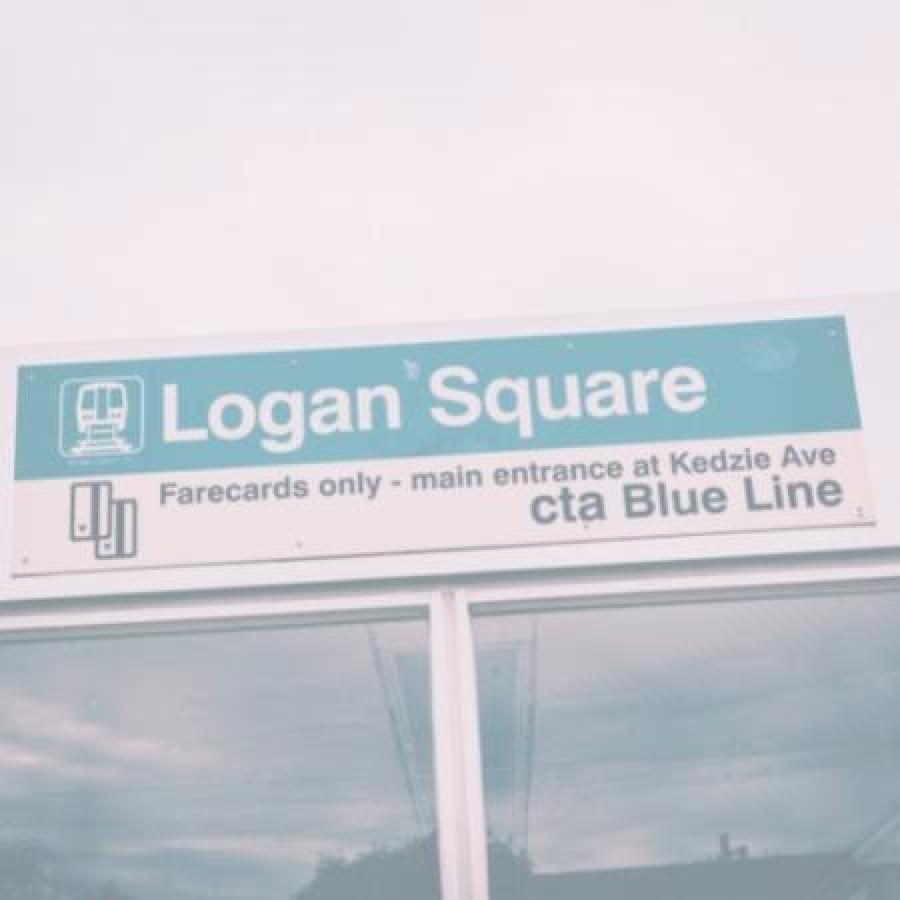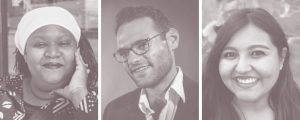Host: Justice Gatson
Local Audio Producer: Joey Lieberman, Raquel Venado
Season 1, Episode 1: In this episode, local audio producer Joey Lieberman visits the Washington Heights and Logan Square neighborhoods with two community leaders who work on equitable transit-oriented development. We learn how Elevated Chicago and their partners are working together to create walkable and equitable communities in the face of displacement from gentrification. In the second segment, Kendra Freeman, a vice-president with the Metropolitan Planning Council, hosts Juan Sebastián Arias, Deputy Director of Policy Mayor’s Office, and Ghian Foreman, president, and CEO of the Emerald South Economic Development Collaborative. They discuss a new model of transit-oriented development that keeps communities intact and helps them thrive. This episode is hosted by Justice Gatson, a Kansas City based organizer, who organizes intersectional movements that uplift the voices of the most marginalized groups.
This podcast acts as a final grant report for Convergence Partnership’s 2020 COVID response grants. The Convergence Partnership is a collaborative of local statewide and national funders to advance racial justice and health equity. The Convergence Partnership podcast series introduces you to people and organizations who are building social, political, and economic power.

